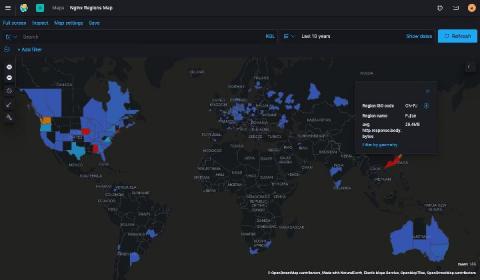Automate Elastic Cloud workflows using an SDK and Elasticsearch Service API
We recently announced the general availability of our Elasticsearch Service API. APIs help to automate tasks such as creating and scaling deployments, integrating with existing workflows, and testing. The Elasticsearch Service API supports the Open API Specification, which allows you to use tools like Swagger to generate software development kits (SDKs) in any programming language. You can import the API spec onto Postman and create a Postman Collection to create a test suite.










